“What surfboard should I buy?”
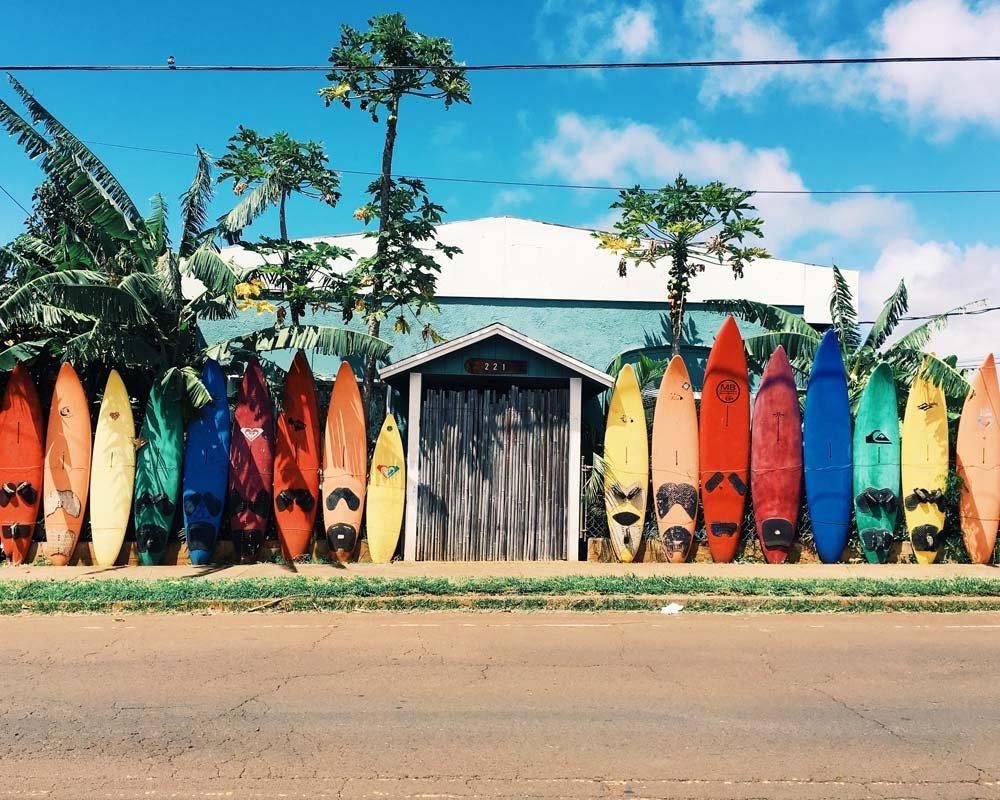
LUEX’s Complete Guide To Choosing The Perfect Surfboard
Asks the frothing novice to the surf instructor. After riding their first wave on a relic surfboard they feel as if they just discovered something better than sex (well… haven’t they?).
The wiser surfer breathes in deep to answer one helluva loaded question…
Surfboard selection is everything. The right board will squeeze all the juice from whatever wave you’re riding, letting you carve up delicious six-foot bombs in the Maldives or giving you speed on waste-high lemons at your local spot. The wrong board will sour your day in the water.
If you’re fresh to surfing or just never bothered to learn how to select an appropriate board, this one’s for you.
Understanding Surfboard Shapes
Much like the waves, they’re ridden on, no two surfboards are the same. Some look wide enough to fit two people while others seem too narrow to even put a foot sideways. There are reasons why these different shapes matter in surfboard selection:
Not Really Beginner Territory (Just Yet); Shortboards
This is easily the most popular board shape out there. The sleek frame lets you perform big or small turns, gain speed quickly, pop aerials, and sit inside a dirty deep barrel. Shortboards keep things lively and loose on a wave. Beginners beware: shortboards are way less stable than the massive stick you most likely learned on.
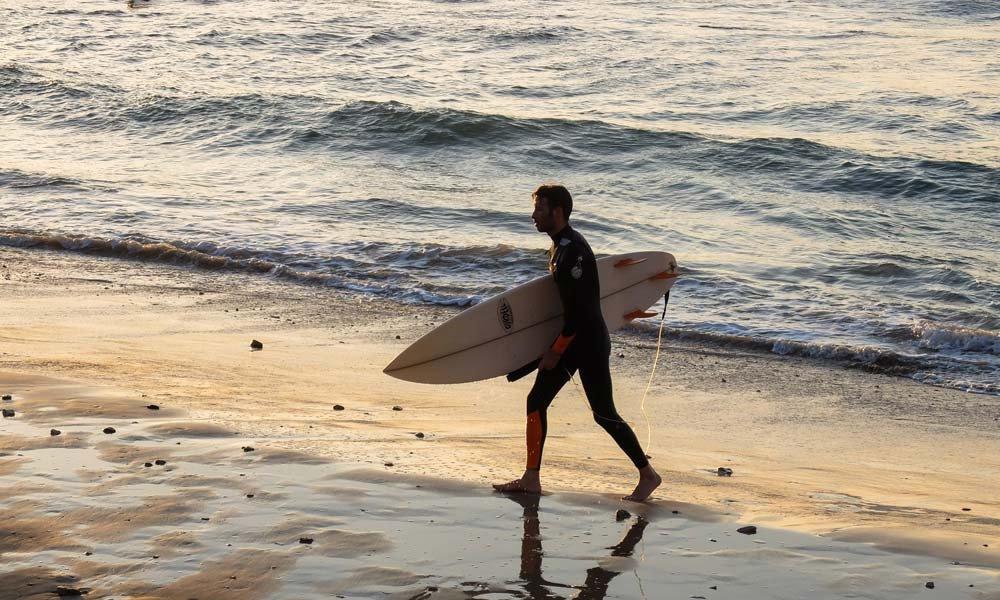
Go Fish, Go Fun
The George Costanza of surfboard shapes, this short and stocky board offers plenty of buoyancy without sacrificing all of its maneuverability. These wider boards can be great for beginners who are struggling to perfect feet positioning.
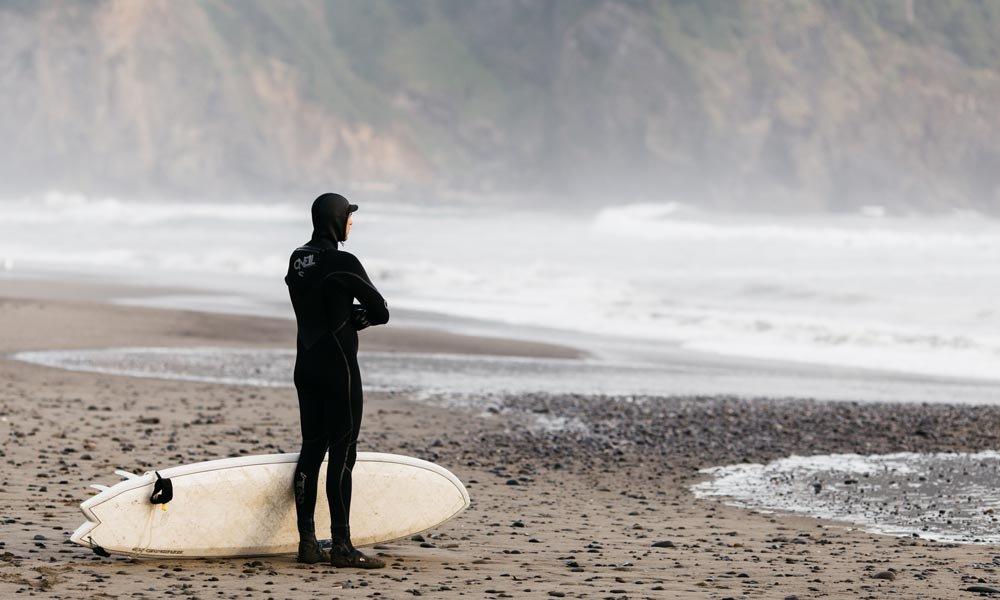
Show Me The Guns
See those freaks riding XXL waves? Their boards are super long and narrow, called guns, which helps them keep up with the speed and steepness of gigantic waves.
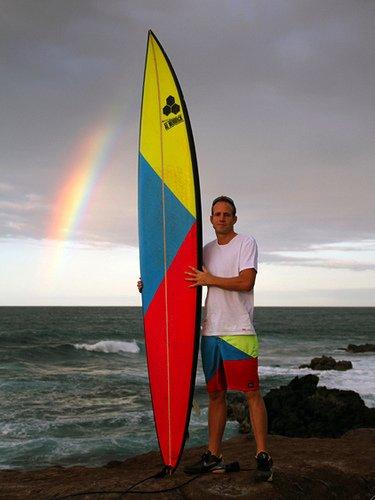
The Art Of Longboards
Around 50% longer than the typical shortboard, a longboard (AKA the malibu or mal) puts a heap of thickness, width and length into one. Much like a fish, a longboard is amazing for small waves, stability and beginners.
Related article: 7 facts about surfing that every beginner should know
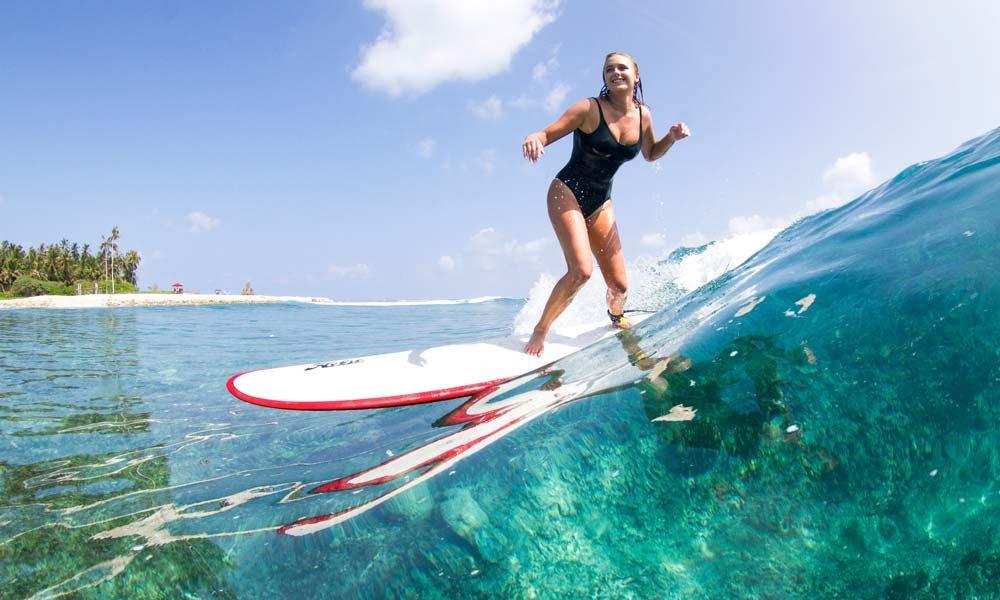
Finding The Perfect Dimensions
A bit of math is involved in finding your perfect surfboard. Don’t take a calculator to the surf shop, but do take note of a few crucial measurements.
Width Adds Stability
Think width, think stability. A greater surface area on your board means a lot more water is covered while riding a wave, so there’ll be less rocking while you transfer your weight from side to side. A wide board is ideal for new surfers or surfing slower, smaller or mushier waves.
Now if you hold the surfboard arm’s length from you like a whining baby, you can look for its widest point. If the widest point of the board is above the center, it means the wave is built for handling big waves. Meanwhile, boards that are wider below the center offer more maneuverability and better performance in small surf.
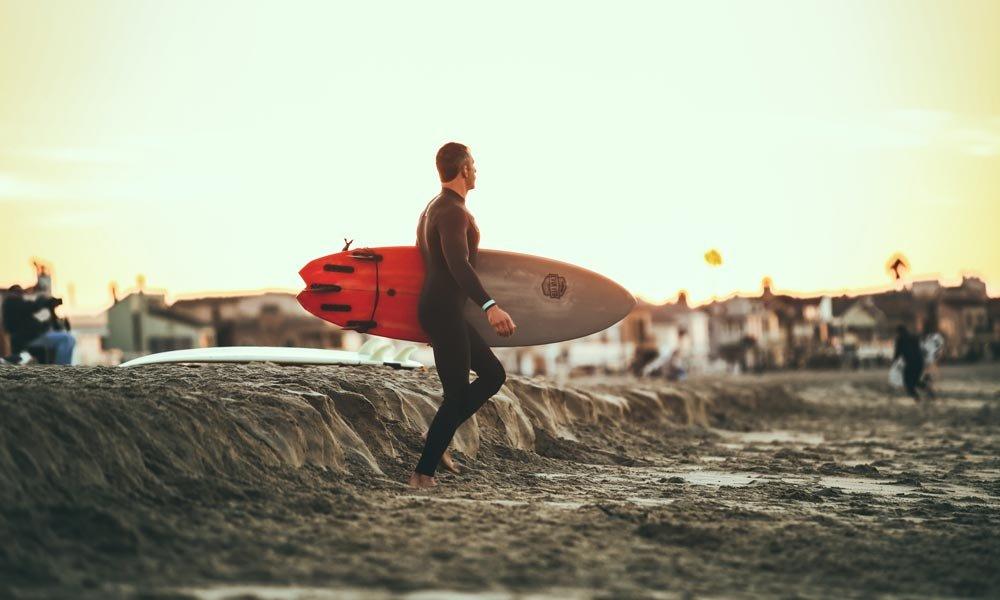
Extra Length Is Often Your Friend
Shorter surfboards allow you to turn quick on a wave, as water only travels a small distance beneath it from nose to tail. They create less water resistance so surfers can turn on a dime. This is unlike they’re longer counterparts. Longer boards will help you paddle faster and hold a line down a big, steep and powerful wave. But don’t expect to smack any lips or get your fins out of the water on a long log – unless you are Mason Ho!
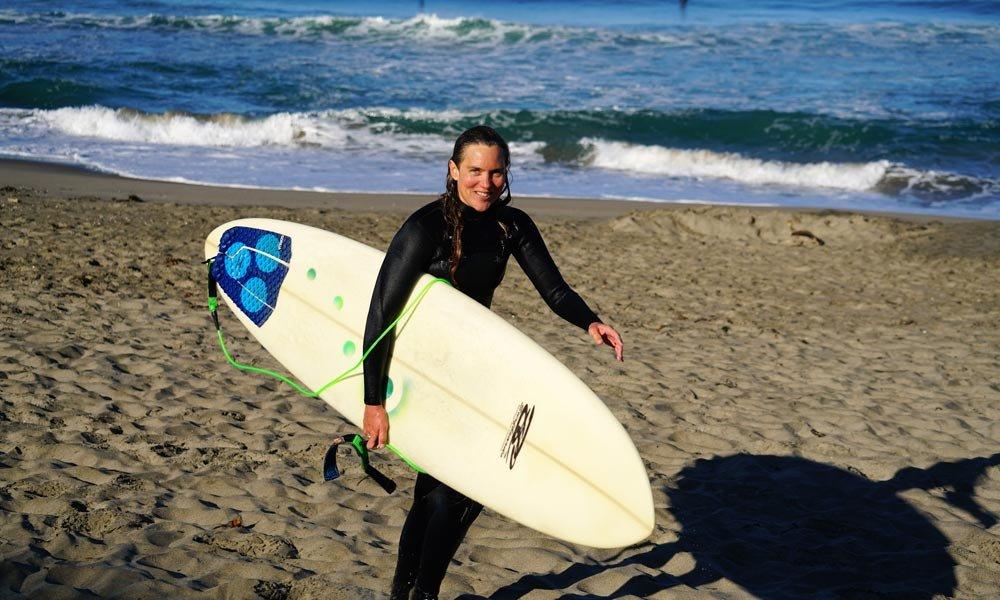
It’s All About The Thickness
Thicker surfboards will help you paddle faster and keep you from dipping below the water’s surface in flatter parts of the wave. These are good things when the surf is fat or slow or the surfer is unconfident or still finding their feet.
But thickness can be a detriment to serious surfers, who want to dig their rails into the water and maneuver around the wave. Big carves are tough when you’ve got a chunky board to dig into the water.
Width x Length x Thickness = Volume
Put your ingredients together; width x length x thickness – and you’ll get your surfboard’s volume. Measured in litres, the volume is critical to get right and is a great starting point on the journey finding your next board.
Check your ideal volume with JS’s shortboard buyers guide and be honest with your skill level when you do.
If you pick a board that has a lower volume relative to your weight, it’ll sink deeper into the water when ridden. This makes it tough for beginners, as more speed is needed to take off and there’s a bigger chance for drag and catching a rail.
Experienced surfers, however, might prefer a lower volume since it helps dig the rail in for critical turns and big ol’ sprays. They can carve wider and longer, without the board slipping out beneath them.

So, what have we learned?
There are shapes out there for small waves (longboards and fishes), huge waves (guns) and just about everything in between (shortboards). Width equals stability on a board, but too much of it will make turns a chore. Length is a good thing for bigger waves and bigger riders, while surfboard thickness will seriously impact your ability to dig in your rails (or stay afloat).
And before we wrap this up, remember that your ideal volume is your guiding light when first selecting your board.
Don’t be a fool in the big pool without proper equipment. Get yourself a board that suits you and the wave you plan to surf – whether it’s at your local home break or at a world-class wave somewhere in a foreign land.


